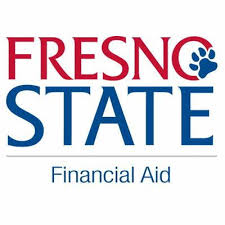Table of Contents
INTRODUCTION TO DEFI
DeFi, the acronym for Decentralized Finance, is increasingly gaining traction and wider adoption in the blockchain and cryptocurrency space.
Since the DeFi summer in 2020, it has seen incredible growth amongst cryptocurrency and blockchain enthusiasts which have helped drive its adoption through the roof.
The Total Value Locked (TVL) across DeFi protocols in the bloss all DeFi protocols according to https://defillama.com/ is $55.51 billion as at the time of writing this piece.
While the history of DeFi can be traced back to the invention of Bitcoin as the first decentralized peer-to-peer digital money, the key breakthrough came from Ethereum and it’s incredible use case – the ability of open-source, permissionless and trustless decentralized applications (DApps) to be deployed on it through the use of smart contracts. While Ethereum was DeFi’s original home, most blockchains with smart contract capabilities now host DeFi DApps. Some of these blockchains include: Fantom, Avalanche, Solana etc.
Smart contracts are programmable contracts that allow two counterparties to set conditions of a transaction without the need for a third/centralized party.
By now, you’re probably wondering what all of this means…
Well, hang on to your seat because you’re about to find out.
What is DeFi?
Decentralized Finance or DeFi is the movement that allows users to access financial services via decentralized applications (dApps) without the need to rely on traditional/centralized financial institutions.
This movement is aimed at creating open-source, permissionless and transparent financial services which allows users to have absolute control of their money.
These range of financial services include:
- Lending and borrowing.
- Decentralized Exchanges.
- Derivatives
- Yield farming.
- Asset management.
So far, DeFi has allowed people to optimize their yield, join decentralized marketplaces, access banking services, and engage in quick borrowing and lending.
However, DeFi isn’t without its risks, and you should always research any project carefully before taking risks.
Some of these risks include:
- Smart contract risks: Since the terms of a transaction in the smart contracts are written to minimize the risk of compensating for fraudulent claims by the financial institution, the transaction is irrevocable if you transfer funds to the wrong address or across the wrong network by mistake.
- Exploits and vulnerabilities: Smart contracts can have bugs. As DeFi runs on pieces of code visible to everyone, technically-savvy people can observe bugs in the code and exploit them. While some bugs are revealed unintentionally, others result from deliberate attacks.
- Scams – Rug pull: A rug pull is a type of crypto scam that occurs when a team pumps their project’s token before disappearing with the funds, leaving their investors with a valueless asset.
- Impermanent loss: Impermanent loss is when a liquidity provider has a temporary loss of funds because of volatility in a trading pair, which results in an unbalanced market and significantly lesser gain if you compare it to just holding your assets.
What do I need to access DeFi projects?
To connect to DeFi DApps, you’ll need…
- A non-custodial wallet such as Metamask, Trust wallet etc. to connect you to DApps.
- Cryptocurrency such as BNB on Pancakeswap for gas fees or ETH on Aave for lending & borrowing etc.
One thing to have top-of-mind: The space is nascent and still experimental so it’s important you understand that this space is riddled with risks, scammers and errors.
Be careful!


